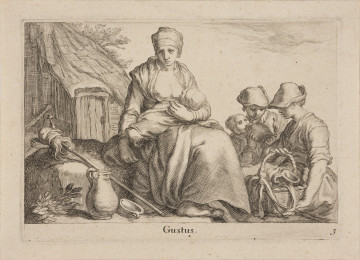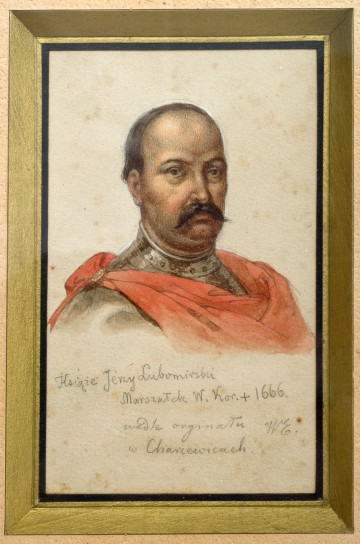
Wrota (Drzwi) | Gates (Door)
1996
National Museum in Szczecin
Fun and learning – these are two categories that describe childhood, regardless of the times we live in. But that is probably the end of the similarities. What we play with, what we wear, how we comb our hair, what we are allowed or not to do, is determined by the era in which we live. So let us take a look at the childhood in the past. You will be amazed!
Christianity – one of the world’s three most widespread religions based on belief in one God; the most important book for Christians is the Bible.
Bourgeois – a social group that consisted mainly of wealthy city dwellers; burghers often worked as merchants or artisans.
Palm Sunday – Christian holiday celebrated seven days before Easter, commemorating the arrival of Jesus to Jerusalem. On Palm Sunday palm trees and willow branches are blessed in churches.
Znaleziono 0 obiektów

1996
National Museum in Szczecin

between 1632 — 1670
National Museum in Szczecin

XIX century
Castle Museum in Łańcut
DISCOVER this TOPIC
National Museum in Szczecin
DISCOVER this PATH
Educational path